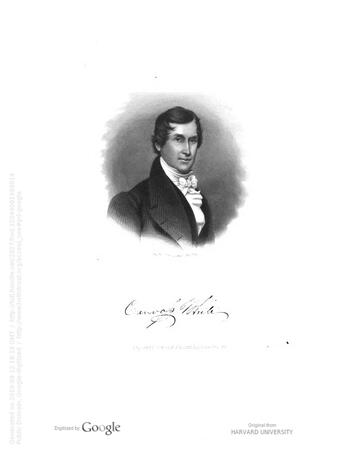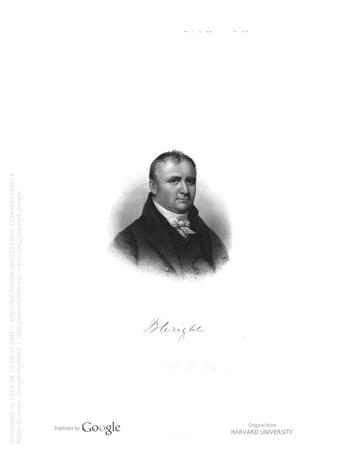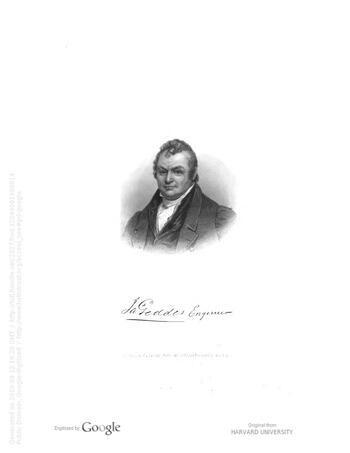At the beginning of the Erie Canal project, there were no professional civilian engineers in the United States. Men who served as engineers while building the Erie Canal were surveyors, lawyers, and teachers who self-trained for the job. Canvass White was sent to England to study the canals there, and it was largely from his copious drawings and notes that the Americans gained knowledge. White also developed his own version of hydraulic cement, greatly improving the strength of the canal locks.
Canal work commenced at the middle section on July 4, 1817, and was initially divided into three operations: one under the direction of James Geddes (a judge and surveyor from Onondaga County), another under Benjamin Wright (also a judge and surveyor, appointed Chief Engineer), and the third under Charles Brodhead. Because of its relatively even terrain, starting at the middle section made sense. In 1817, Americans had the technology to dig a ditch but had not yet mastered the skills required to build lift locks and aqueducts. Construction crews and engineers relied on what came to be known as "Yankee ingenuity”—essentially, inventing ways to build a canal as they worked.
Despite the fact that over 500,000 bushels of Canvass White's cement was used in the Canal’s construction, White was not paid by the government agencies or private companies that had used his invention. They offered little more than thanks for his work. Courtesy of Harvard University via HathiTrust.
Benjamin Wright chaired the committee designed to establish the country’s first national engineering society, the American Society of Civil Engineers (ASCE). In 1969, the ASCE declared Wright "The Father of American Civil Engineering." Courtesy of Harvard University via HathiTrust.
Following his work on the Erie Canal, James Geddes went on to supervise construction of the Ohio and Erie Canal and the Miami and Erie Canal in Ohio and the Chesapeake and Ohio Canal (in the District of Columbia, Maryland, and West Virginia). Courtesy of Harvard University via HathiTrust.


